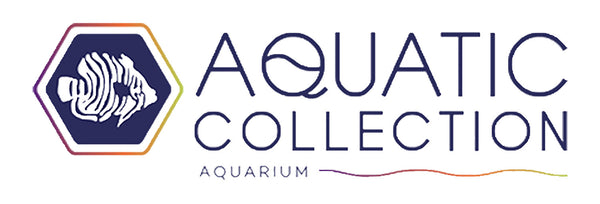1
/
of
1
Aquatic Collection Aquarium
Ultra Green BTA
Ultra Green BTA
Regular price
$312.50 USD
Regular price
Sale price
$312.50 USD
Unit price
/
per
Shipping calculated at checkout.
Couldn't load pickup availability
Species: Entacmea Quadricolor
Aproximate Size: 4"
Colors: Green
Bubbletip anemones (Entacmaea quadricolor) are striking marine invertebrates known for their captivating appearance and symbiotic relationships with clownfish. Here’s a more detailed description:
Physical Characteristics
- Tentacles: The most distinctive feature of bubbletip anemones is their tentacles, which are elongated and bulbous at the tips. These tentacles can vary in size and shape, often appearing inflated or "bubbly," which gives the anemone its name.
- Coloration: They exhibit a wide range of colors, including greens, browns, pinks, purples, and even variations that display multiple colors. The colors can be influenced by factors such as lighting and water quality.
- Base: The anemone’s base is usually broader and can attach to rocks or substrate, allowing it to anchor itself securely in its environment.
- Size: Bubbletip anemones can grow to be about 10 to 12 inches (25 to 30 cm) in diameter, although their size can vary depending on their environment and health.
Habitat and Distribution
- Natural Habitat: They are typically found in warm, shallow waters of the Indo-Pacific region, often in coral reef ecosystems. They prefer sandy or rocky substrates where they can anchor themselves.
- Environmental Conditions: Bubbletip anemones thrive in conditions with stable salinity of 1.025-1.026, temperatures between 77°F and 80°F, and moderate to high lighting, which is essential for their symbiotic algae (zooxanthellae).
Behavior and Ecology
- Symbiosis: These anemones are well-known for their relationship with clownfish, which seek refuge among their tentacles. The clownfish are immune to the anemone’s stinging cells, providing them protection from predators while keeping the anemone clean and free from parasites.
- Feeding: Bubbletip anemones are carnivorous and feed on small fish, zooplankton, and other organic matter. In aquariums, they can be fed a diet of meaty foods, such as shrimp, fish, or specially formulated anemone food.
- Reproduction: They can reproduce both sexually and asexually. Asexual reproduction often occurs through binary fission, where the anemone splits into two, while sexual reproduction involves releasing sperm and eggs into the water column.
Care in Aquariums
- Lighting: They require strong lighting, often benefiting from full-spectrum LED or T5 fluorescent lights to support their zooxanthellae.
- Water Quality: Maintaining good water quality is crucial; stable parameters, including pH, salinity, and ammonia levels, should be monitored.
- Tank Mates: While they can coexist with various fish and invertebrates, it's best to keep them with compatible species like clownfish to enhance their natural behaviors.
These corals are for saltwater aquariums only.
This is the exact specimen you will receive, however, due to differences in tank lighting and screen settings, this item may look slightly different in your aquarium.
For measurement reference use the picture with the black grid and the ruler.
For acclimation details see here.
Share


